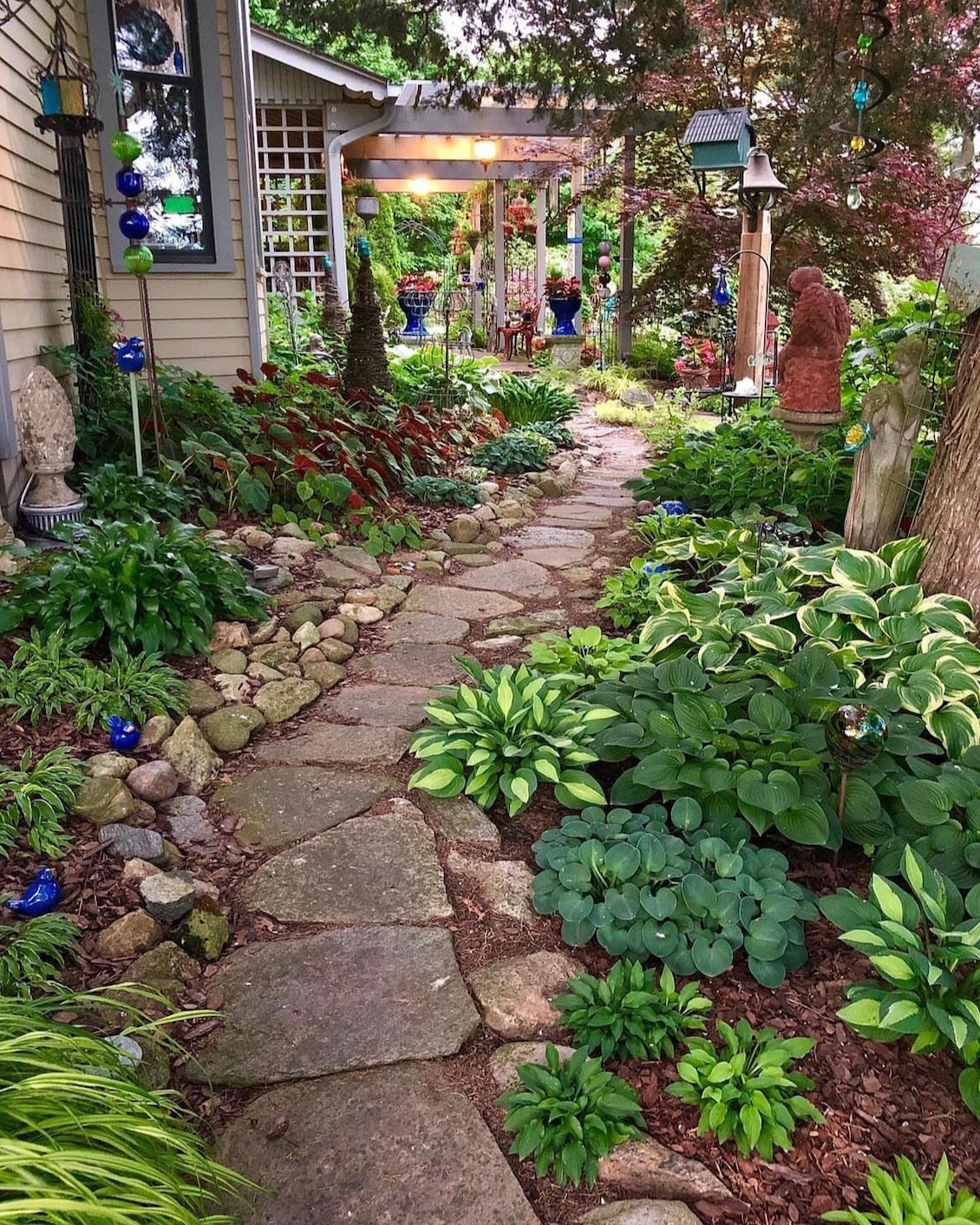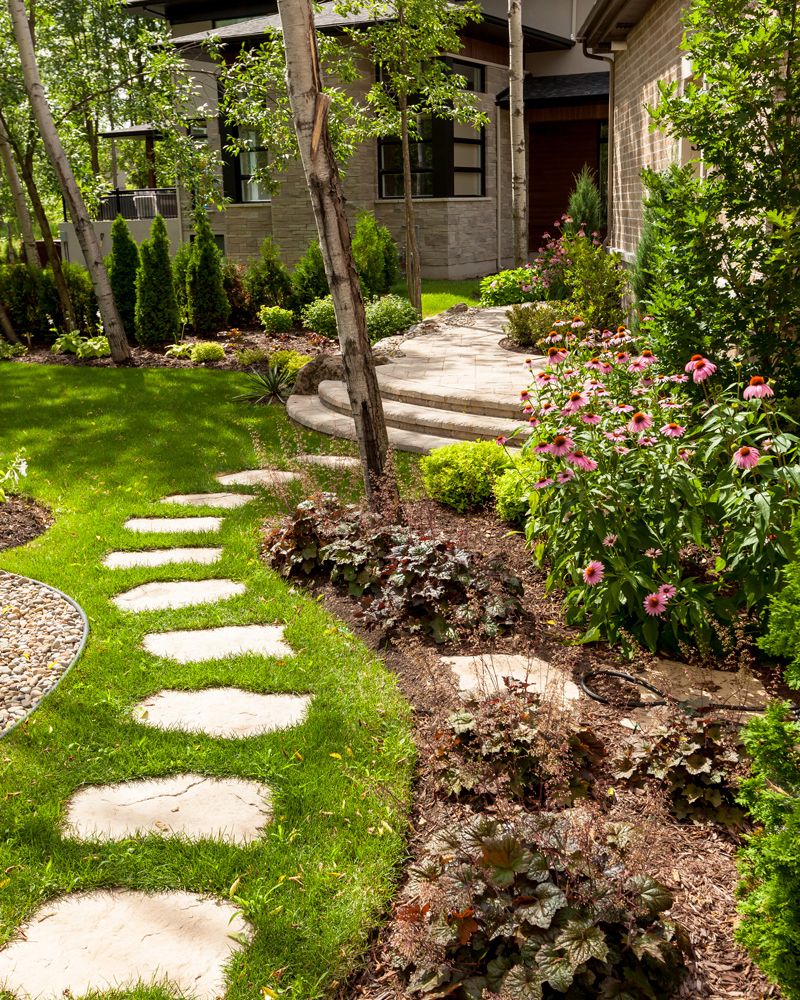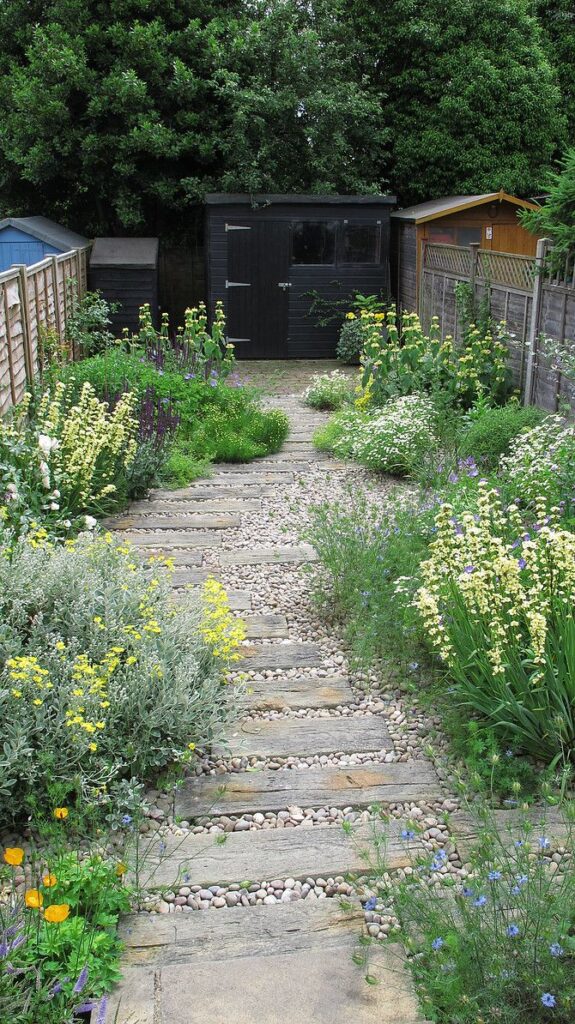Garden paths are an essential element of any well-designed outdoor space. They not only provide a practical way to navigate through the garden, but they also add visual interest and structure to the landscape. Whether made of stone, gravel, or wood, a well-planned garden path can enhance the overall aesthetic of a garden and create a sense of harmony and order.
One of the key considerations when designing a garden path is the material used. Stone paths are a popular choice due to their durability and natural appearance. Bluestone, slate, and flagstone are common options that can complement a variety of garden styles. Gravel paths, on the other hand, are more informal and rustic, ideal for cottage gardens or informal landscapes. Wood paths can add a warm and inviting touch to the garden, especially when made from sturdy materials like cedar or redwood.
The layout and shape of a garden path can also contribute to the overall design of a garden. Straight paths are formal and symmetrical, creating a sense of order and structure. They are often used in formal gardens or modern landscapes. Curved paths, on the other hand, are more relaxed and organic, leading the eye around corners and creating a sense of mystery and discovery. A combination of straight and curved paths can create a dynamic and visually stimulating garden design.
Incorporating plants along the garden path can soften the hardscape elements and create a more naturalistic look. By planting low-growing groundcovers, grasses, or perennials along the edges of the path, you can blur the boundaries between the path and the surrounding garden beds. This creates a seamless transition between the hardscape and softscape elements of the garden, making the path feel like a natural part of the landscape.
Lighting is another important consideration when designing a garden path. Path lights can illuminate the way and create a welcoming atmosphere in the garden, especially at night. Solar-powered lights are a sustainable and cost-effective option for lighting garden paths, as they harness the sun’s energy to power the lights without the need for electricity. By strategically placing lights along the path, you can highlight key features and create a magical and inviting ambiance in the garden.
In conclusion, garden paths play a vital role in the overall design and functionality of a garden. Whether straight or curved, formal or informal, made of stone, gravel, or wood, a well-designed garden path can enhance the beauty and usability of outdoor spaces. By carefully selecting materials, layout, plants, and lighting, you can create a garden path that not only navigates through the landscape but also adds charm and character to the garden.

















